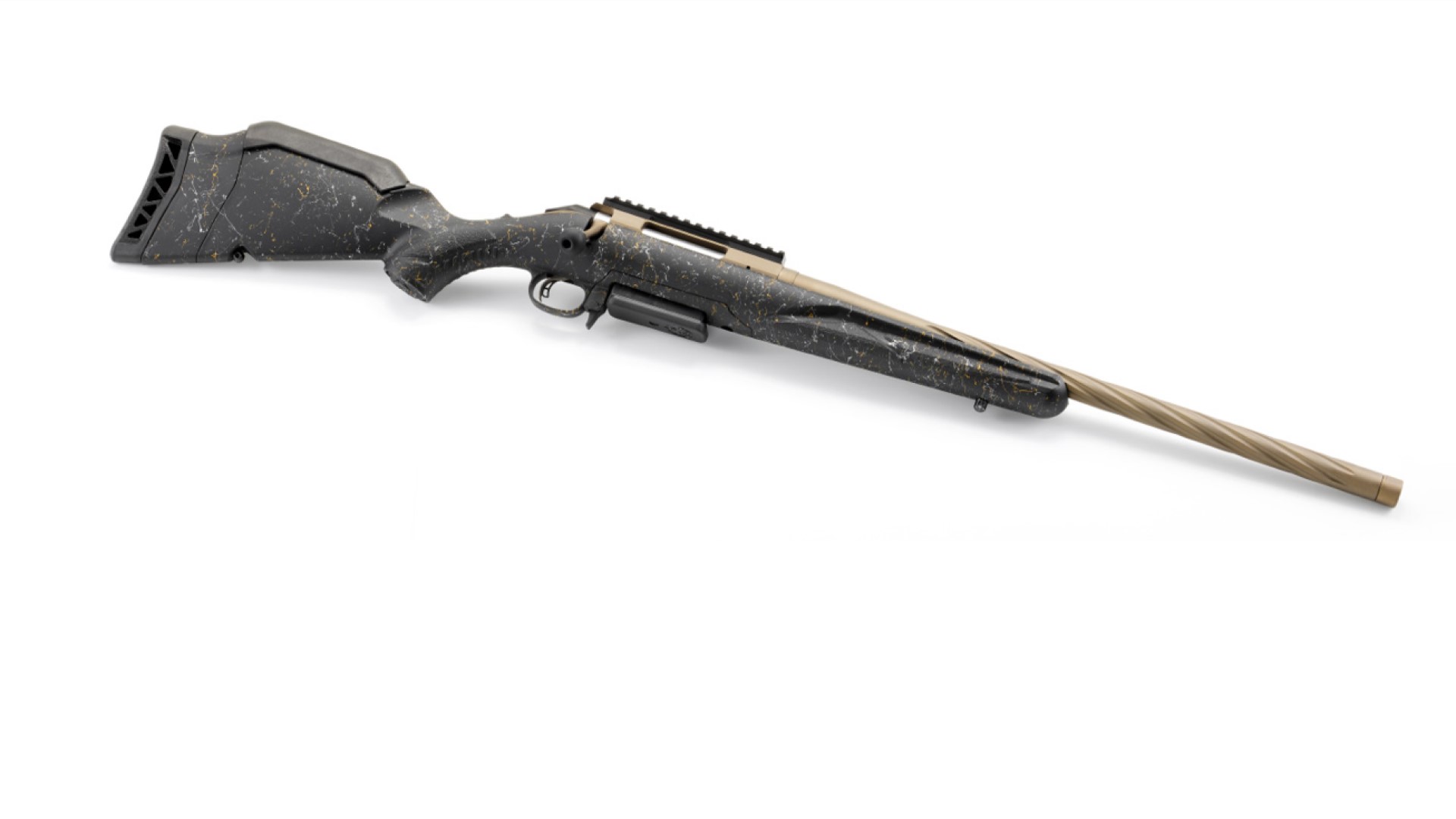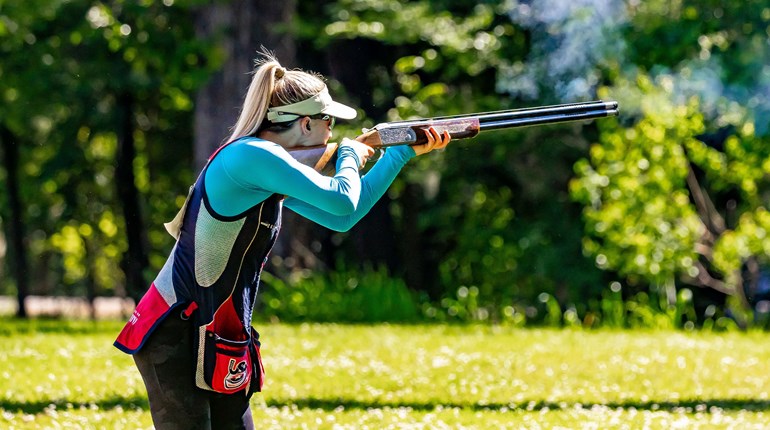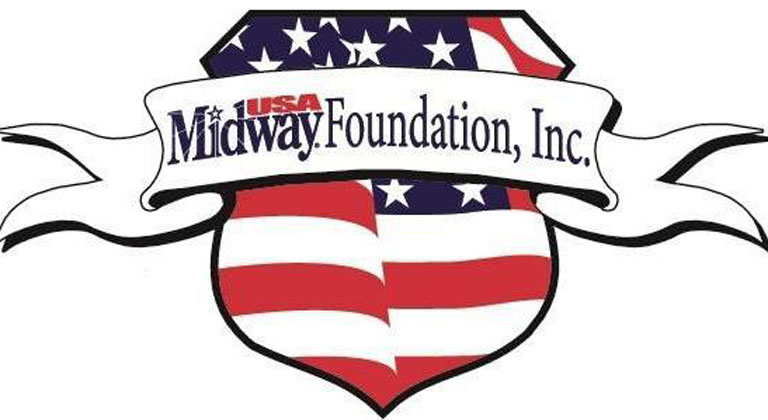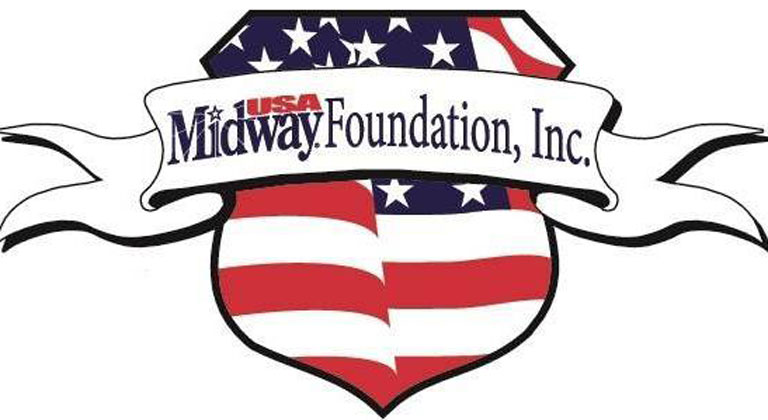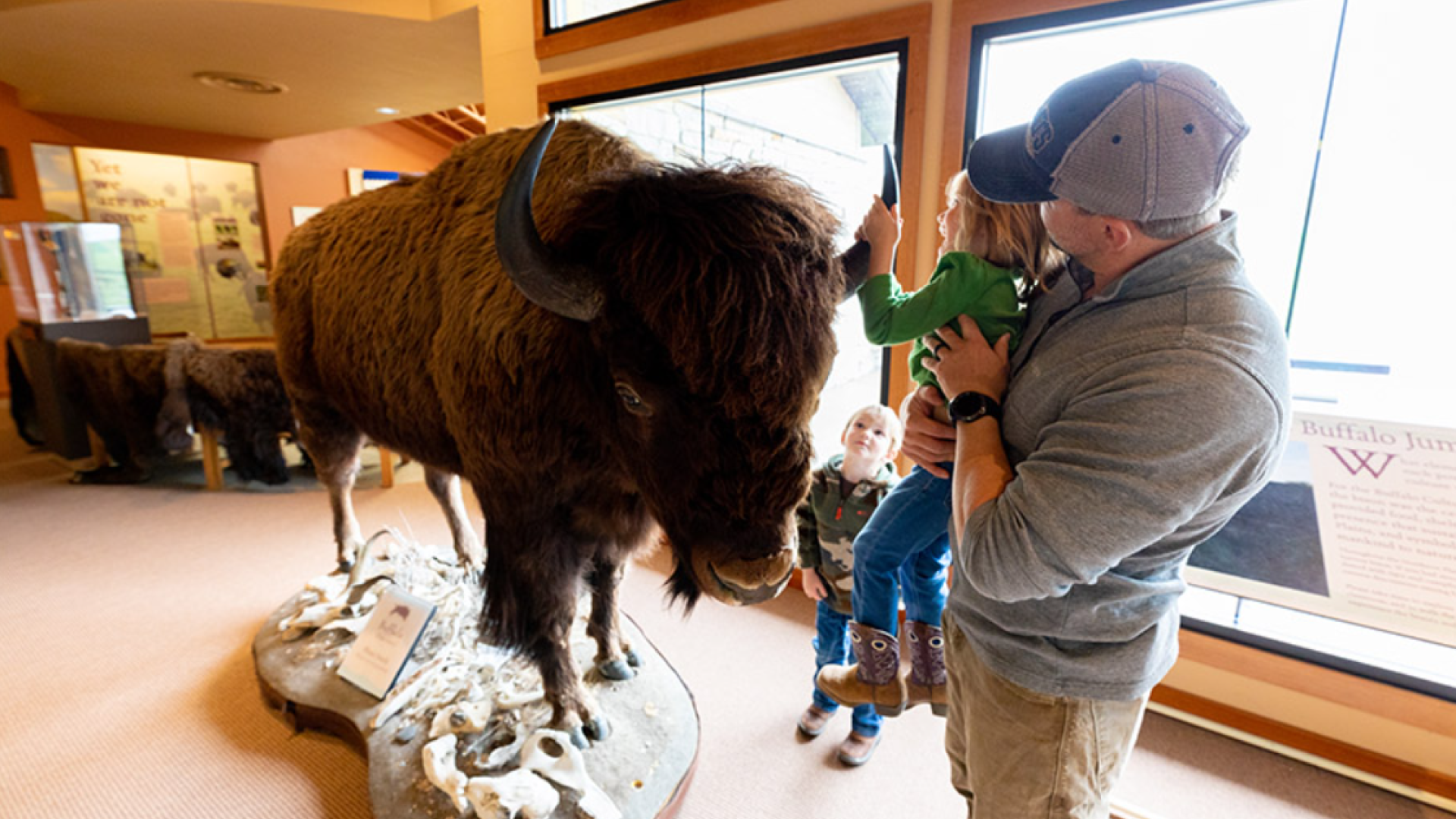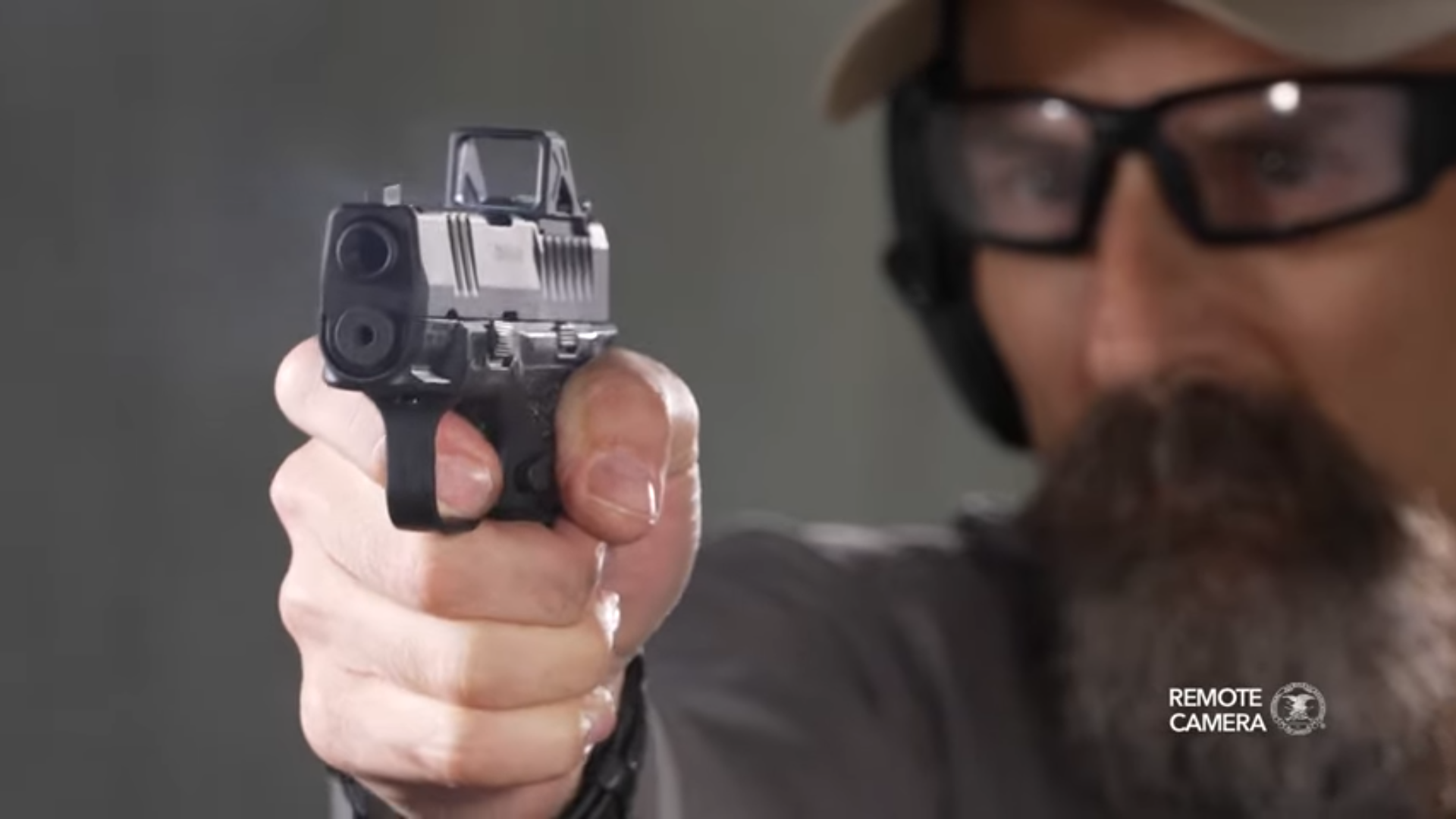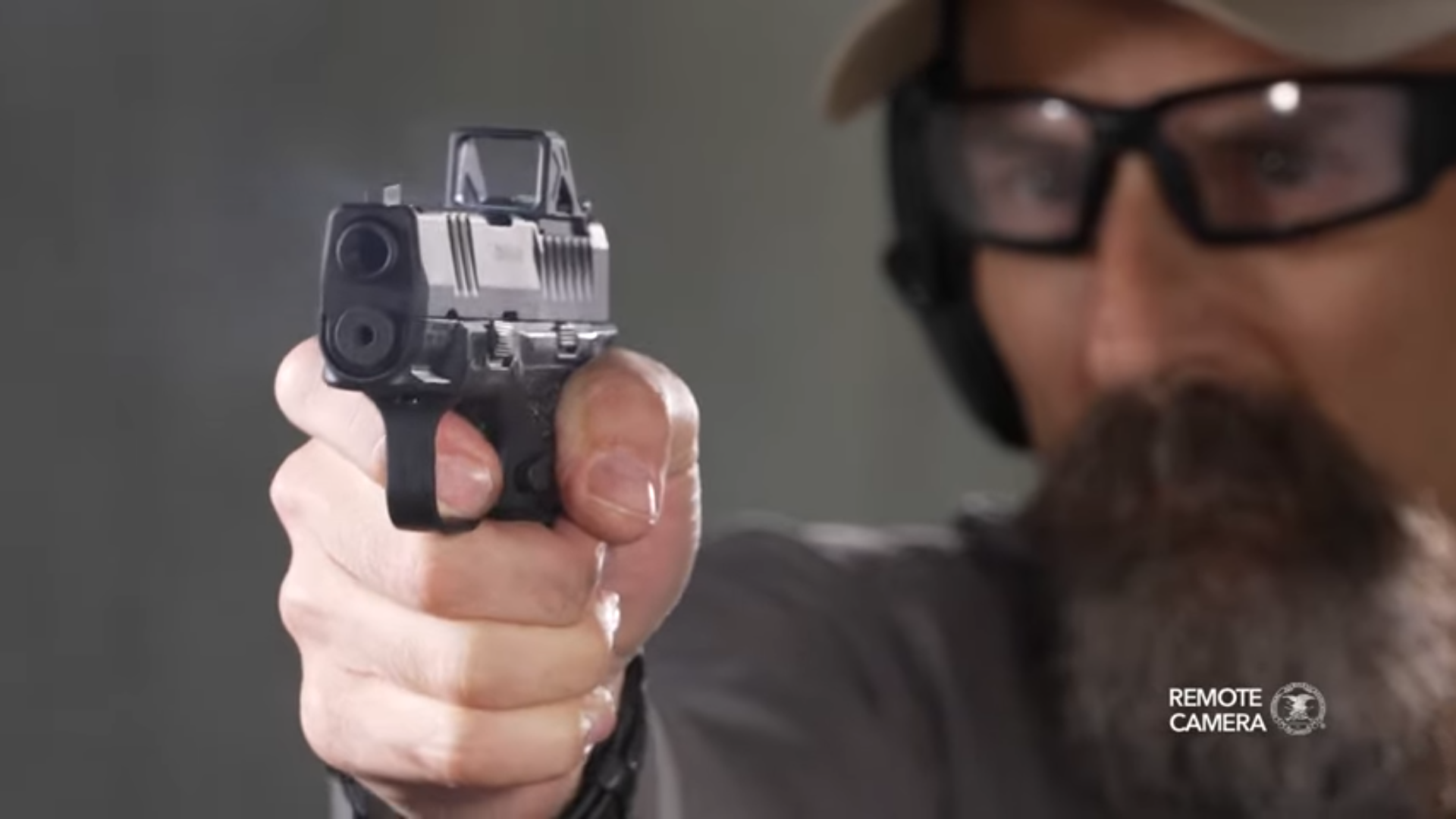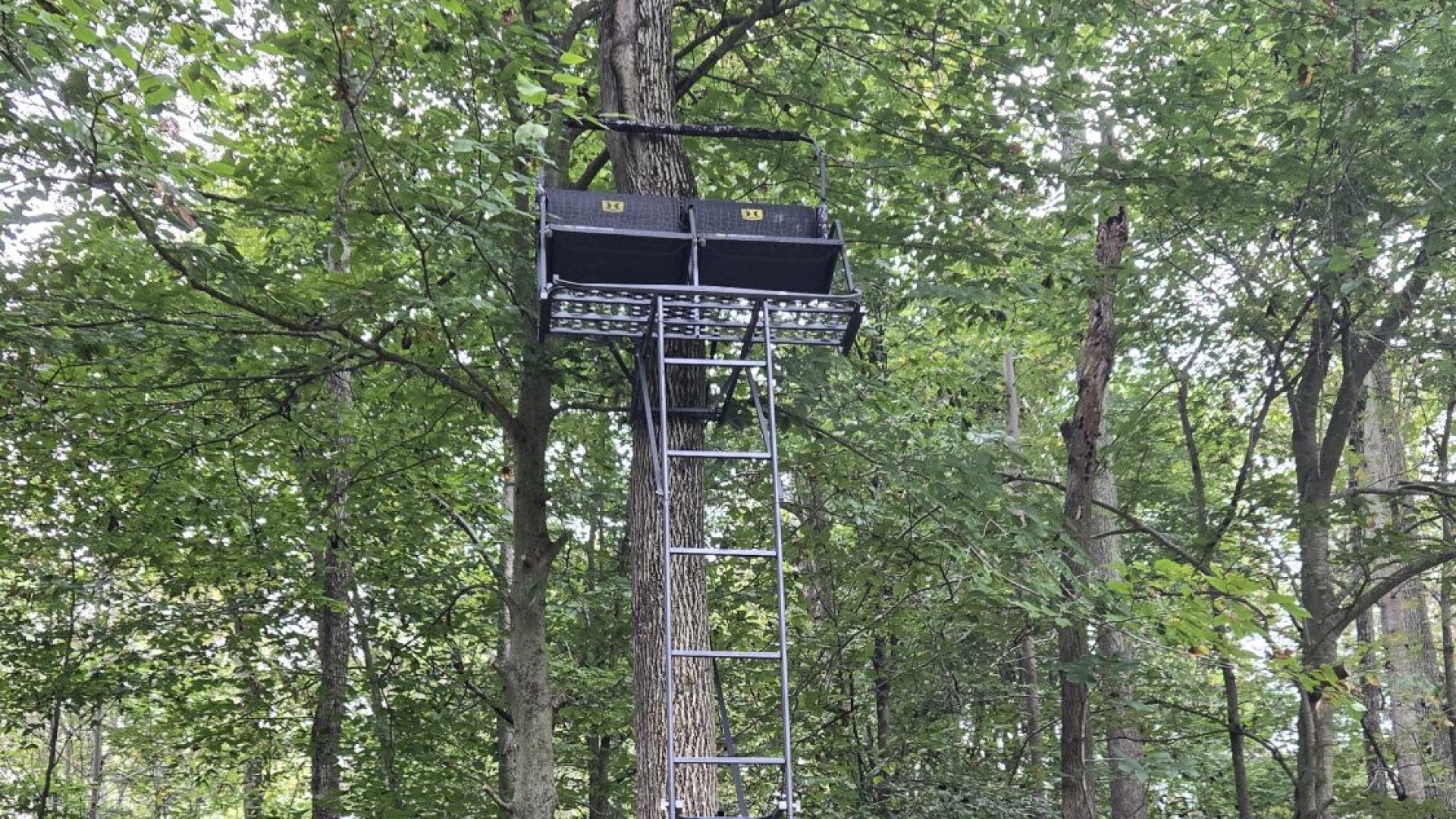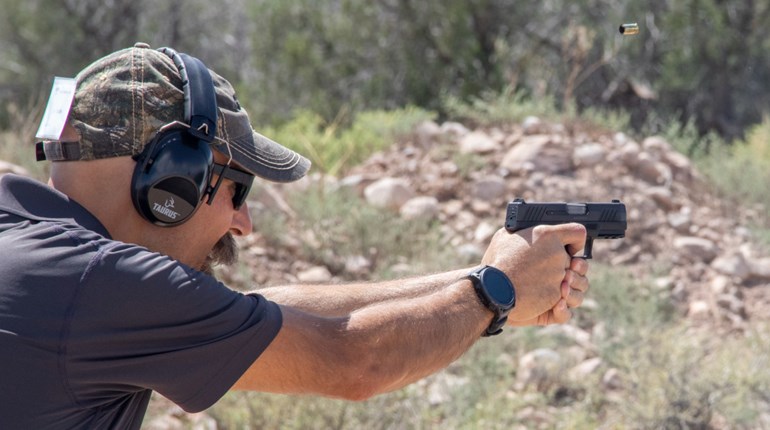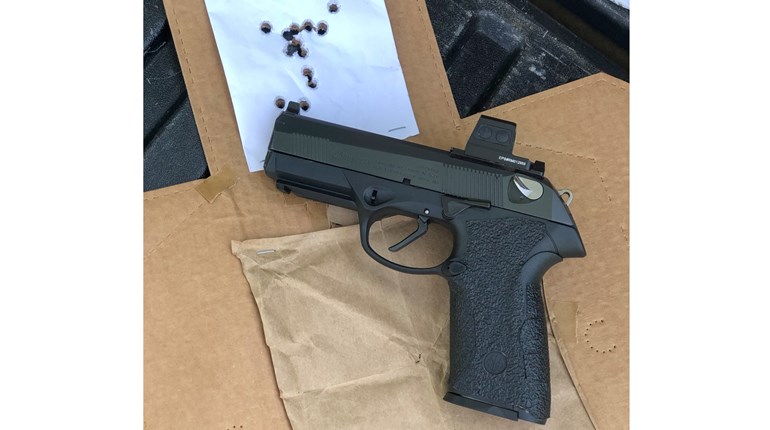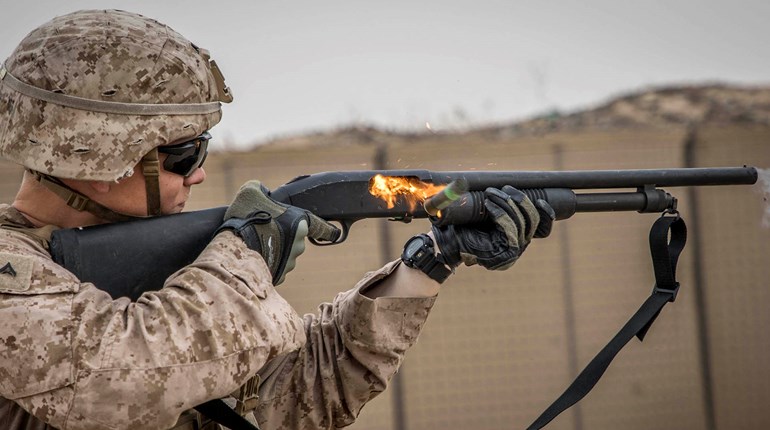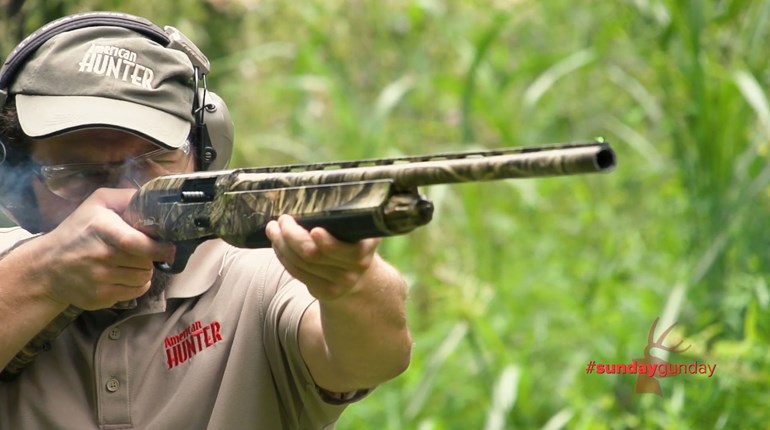** When you buy products through the links on our site, we may earn a commission that supports NRA's mission to protect, preserve and defend the Second Amendment. **

You've dropped your game animal, field-dressed it and skinned it, and now you're looking at that beautiful hide and wondering about how to use it, too. You'll have plenty of options once you get back home, but for right now, you're going to want to do a few easy steps to preserve that animal's skin (and hair or fur). Here's how to do it!
Moisture is the enemy of preservation, so it's essential to salt a hide thoroughly as soon after its removal as possible to preserve it for taxidermy purposes. Use common table salt or pickling salt in the following amounts. (When we say "cape only," we're referring to the part of the hide that encompasses everything from the animal's head to its shoulders, which is normally what hunters will preserve if they want to do a traditional "shoulder mount" of the animal.)
Species Cape Only Whole Hide
Antelope 1 pound 3 pounds
Sheep/Goat 2 pounds 4 pounds
Deer 2 pounds 5 pounds
Caribou 3 pounds 8 pounds
Elk 4 pounds 15 pounds
Moose 5 pounds 20 pounds
Black Bear 5 pounds
Grizzly Bear 10 pounds
Lay the hide flat on the ground, fur side down, and stretch it to its fullest extent. Sprinkle salt freely and evenly over the entire hide. Rub the salt vigorously into the skin with the flat of your hand. Be certain that the edges of the skin are thoroughly salted. Work salt into the lips, ears, nose and other difficult areas to ensure that it covers them completely.
Salt draws the moisture out of the hide. After leaving the salted hide exposed to the air for 24 hours or more, sprinkle salt lightly over the hide once more. Then fold it up towards the skin side. Keep it cool until you can deliver it to the taxidermist. Don't place it in a plastic bag or closed container while transporting it.
Bear skins require a little extra care when salting. As much excess fat as possible should be removed from the skin before salting. Open the ears, nose and lips and cut away as much fat as you can. Do be careful not to cut the hair, which is rooted to the inner surface of the bear skin.
The feet should be skinned out to the last joint of the toes and the bones disconnected. Cut away all fatty tissue. Use plenty of salt and rub it in well. If there appears to be an excessive amount of grease, rub wood ashes into the greasy areas to absorb it.
Salting a skin is always preferable to stretching and air drying it. Only when salt is not available should you cure a skin by stretching it in a frame or pegging it on the ground. Pegging will leave holes in the skin's edges, which must then be trimmed away...a waste to avoid if you can. Even though a skin may be stretched larger than its original size, it will revert to its normal size once it's been tanned. After curing, treating and tanning is complete, a skin that has been stretched and air dried will probably be smaller than if it had been salt cured.
Moisture is the enemy of preservation, so it's essential to salt a hide thoroughly as soon after its removal as possible to preserve it for taxidermy purposes. Use common table salt or pickling salt in the following amounts. (When we say "cape only," we're referring to the part of the hide that encompasses everything from the animal's head to its shoulders, which is normally what hunters will preserve if they want to do a traditional "shoulder mount" of the animal.)
Species Cape Only Whole Hide
Antelope 1 pound 3 pounds
Sheep/Goat 2 pounds 4 pounds
Deer 2 pounds 5 pounds
Caribou 3 pounds 8 pounds
Elk 4 pounds 15 pounds
Moose 5 pounds 20 pounds
Black Bear 5 pounds
Grizzly Bear 10 pounds
Lay the hide flat on the ground, fur side down, and stretch it to its fullest extent. Sprinkle salt freely and evenly over the entire hide. Rub the salt vigorously into the skin with the flat of your hand. Be certain that the edges of the skin are thoroughly salted. Work salt into the lips, ears, nose and other difficult areas to ensure that it covers them completely.
Salt draws the moisture out of the hide. After leaving the salted hide exposed to the air for 24 hours or more, sprinkle salt lightly over the hide once more. Then fold it up towards the skin side. Keep it cool until you can deliver it to the taxidermist. Don't place it in a plastic bag or closed container while transporting it.
Bear skins require a little extra care when salting. As much excess fat as possible should be removed from the skin before salting. Open the ears, nose and lips and cut away as much fat as you can. Do be careful not to cut the hair, which is rooted to the inner surface of the bear skin.
The feet should be skinned out to the last joint of the toes and the bones disconnected. Cut away all fatty tissue. Use plenty of salt and rub it in well. If there appears to be an excessive amount of grease, rub wood ashes into the greasy areas to absorb it.
Salting a skin is always preferable to stretching and air drying it. Only when salt is not available should you cure a skin by stretching it in a frame or pegging it on the ground. Pegging will leave holes in the skin's edges, which must then be trimmed away...a waste to avoid if you can. Even though a skin may be stretched larger than its original size, it will revert to its normal size once it's been tanned. After curing, treating and tanning is complete, a skin that has been stretched and air dried will probably be smaller than if it had been salt cured.











